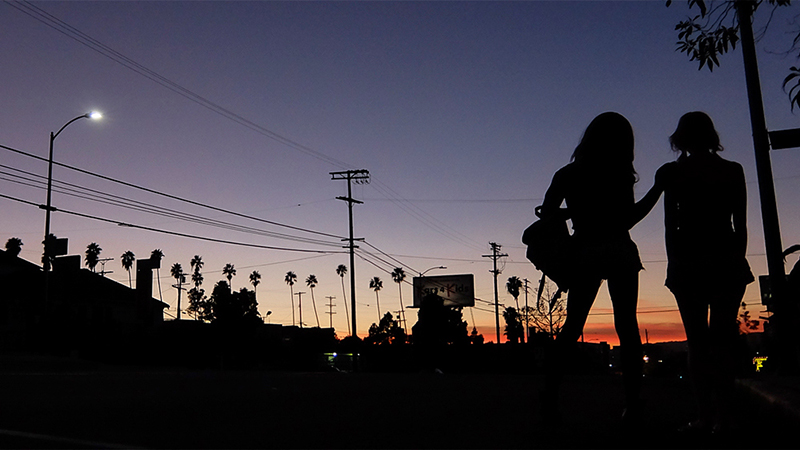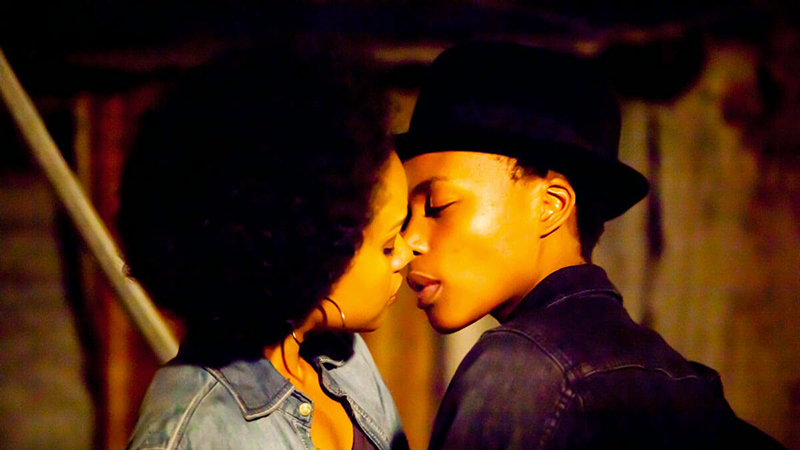Damn These Heels Film Festival 2015
Events
Tangerine
Director: Sean Baker
Magnolia Pictures
Street: 07.10
After being released from a month-long jail stint, Sin-Dee Rella (Kitana Kiki Rodriguez) flies into a rage when her best friend, Alexandra (Mya Taylor) tells her that her pimp/boyfriend was cheating on her. What ensues is Tangerine: a daylong, Christmas Eve misadventure, with Sin-Dee romping around and mapping a frayed stretch of Los Angeles and its trans street culture. Shot ingeniously on iPhone 5S, the film is up-close and visceral: bracing but intimate, gritty but stunning, radiant in the dusky, burnt sienna hues of the sunset as it peeks and gushes into every open motel room door, sparse donut shop and taxicab that we encounter. Loud, reverberating trap music courses, and Sin-Dee is fire—a fast talkin’ and walkin’ force whose click-clacking heels are unstoppable as they rhythmically hit the pavement. Here, Rodriguez and Taylor are eyes-open, unflinching and exuberant, and Tangerine—where so much screen time is devoted not only to authentically capturing largely unseen lives, but also to portraying transgender women of color in bold and vibrant leading roles—is as dizzying and dazzling as the bond between these two fierce heroines. –Kathy Zhou
While You Weren’t Looking
Director: Catherine Stewart
Out in Africa
Street: 05.02 (USA)
While You Weren’t Looking is a film of contrast. Set in Cape Town, the film portrays Dez and Terri, an educated and affluent interracial lesbian couple, and their adopted daughter, Asanda, a sweet (albeit naïve) budding revolutionary. While the couple celebrates their twentieth anniversary, Terri suspects Dez of unfaithfulness, and at around the same time, Asanda meets Shado, a “tommie boy” who alerts Asanda to her own potential queerness. Visually, the shots are stunning—they’re high-contrast, oversaturated and over-stimulating, toying with figure, lighting and reflection as they depict post-Apartheid South Africa, which has a constitution that is unmatched in its progressiveness but a reality of pervading injustice and inequality. These are juxtaposed vignettes of South Africa, as seen through Asanda’s digital camera, or in the photographs of the queer performance artists that she discusses at school. When Asanda visits Shado’s home in Khayelitsha, a sprawling and particularly poor township on the edge of Cape Town, she is forced to confront a different, more threatening South Africa. The film ends abruptly but honestly, and its endeavor to capture the enormous diversity and contradiction within South African culture through the eyes of a queer family helps us to connect these three women to the society that they live in, with their complicated relationships, their jarring experiences and their identities, which contain multitudes. –Kathy Zhou


